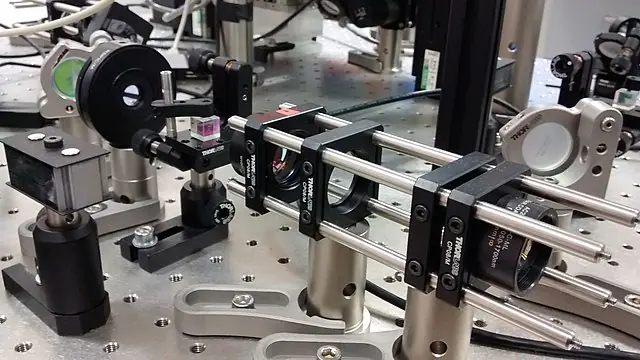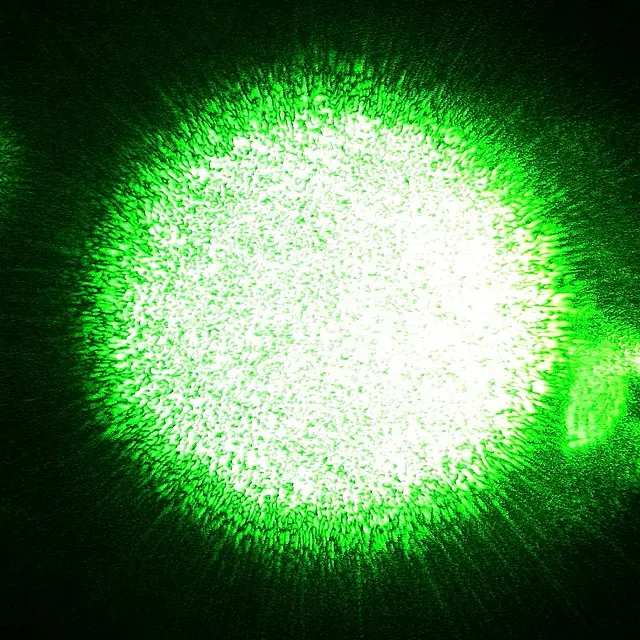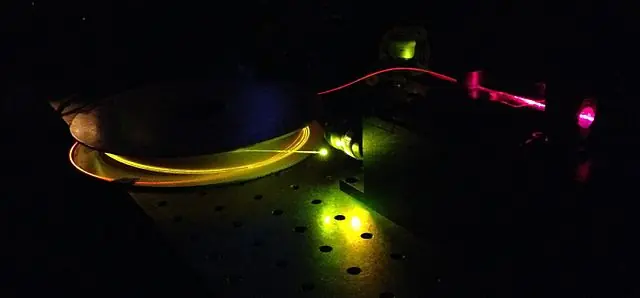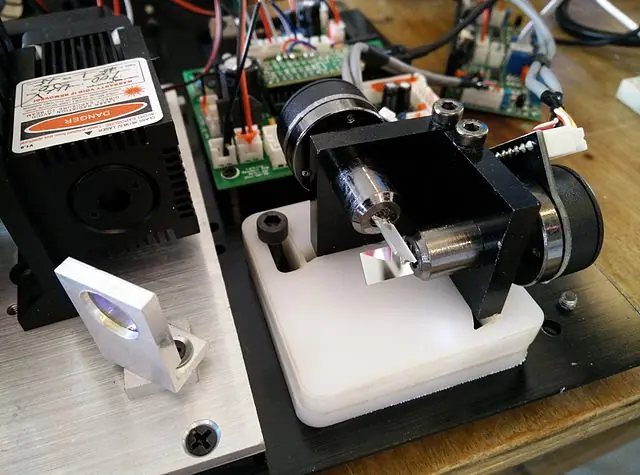What does HR and OC Mirror Mean?

HR mirrors, also known as high reflectivity mirrors, are used in lasers to reflect a high percentage of the laser beam back into the cavity of the laser. These mirrors are typically made of a highly reflective material, such as gold or silver, and are coated with a thin layer of dielectric material to increase their reflectivity.
OC mirrors, on the other hand, are output couplers that allow a portion of the laser beam to pass through the mirror and exit the laser cavity. These mirrors are typically made of the same materials as HR mirrors, but are coated with a thin layer of material that allows a certain percentage of the laser beam to pass through.
Both HR and OC mirrors are essential components in the operation of a laser. The HR mirror reflects the laser beam back into the cavity, where it is amplified by the laser medium and passed through the OC mirror. The OC mirror then allows a portion of the amplified laser beam to exit the cavity, producing the desired laser output.
In a typical laser setup, the HR and OC mirrors are positioned at opposite ends of the laser cavity. The HR mirror is placed at the front end of the cavity, while the OC mirror is placed at the back end. This allows the laser beam to travel through the cavity, being reflected back and forth between the HR and OC mirrors.
Both HR and OC mirrors play a critical role in the efficiency and stability of a laser. The reflectivity of the HR mirror determines the amount of laser energy that is retained within the cavity, while the transmission rate of the OC mirror determines the amount of laser energy that is emitted as output. By carefully controlling the reflectivity and transmission rates of these mirrors, it is possible to optimize the performance of the laser.
In summary, HR and OC mirrors are essential components in a laser, used to reflect and transmit the laser beam within the cavity. These mirrors are made of highly reflective materials, coated with thin layers of dielectric or transparent materials to increase their reflectivity or transmission rate, respectively. By carefully controlling the reflectivity and transmission rates of these mirrors, it is possible to optimize the performance of the laser.






